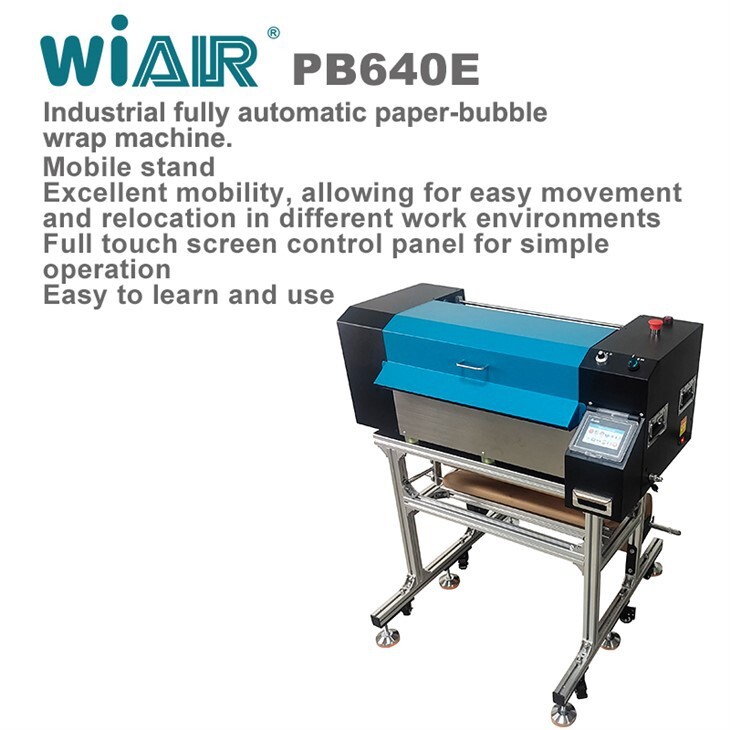
ADD: No.540, 2/F, Lane 500, XinNongHe Road, Song Jiang District, Shanghai, China
TEL: +86-21-65667541
MOB: +86 17717267676
E-MAIL: marketing@dsb.com.cn
The nesting plays a vital role in the design of the progressive die, which determines the number of stations, the sequence of different processes, the size of the step and the positioning method in the part forming process. For mass production shredders, in addition to factors such as product quality, mold life, and production efficiency, it is very important to increase material utilization and reduce part cost during layout design. This set of molds adopts automatic feeding mechanism to control the feeding step, which is accurately guided by the guide pin. In order to meet the requirements of the shape and size of the cutter teeth, the forming process of the cutter teeth adopts four processes: punching process notch, cutter tooth shaping, and synthetic cutting of the cutter teeth. Finally, the shaping process is used to meet the requirements of blade flatness and thickness.
A total of 9 procedures are designed for the entire blade forming. In order to improve the utilization rate of materials, this product adopts the oblique arrangement method of rotating the product, and specifically designs two layout arrangements. A φ8 process hole is punched at the mounting hole of the blade shaft as a guide pin guide hole, and a single row of guide pins is used for guide guide. The strip width is 33mm, the step distance is 31mm, the parts are checked by CAD as 676.5mm2, and the material utilization rate is 66.1%. A total of 11 stations are designed, and the procedures completed by each station are as follows: station 1 punches the positive hole; station 2 punches the process gap; station 3 knife tooth compression; station 4 knife tooth side trimming; Position 5, position 6 knife tooth trimming on the other side; position 7 empty step; position 8 punching shaft installation hole; position 9 cut off; position 10 empty position; position 11 shaping.
Related News
- Green Packaging, Starting With Paper
- The Future Star Of Eco-friendly Packaging | Honeycomb Paper
- From Design To Recycling, Building A Green Circular Economy
- Farewell To Plastic Cushioning, Here Comes Paper-Bubble
- WiAIR's Mission | Protect Products, Protect The Earth
- Honeycomb Paper:Eco-Friendly, Efficient And Stylish - All In One
- How To Choose A Quality Honeycomb Paper Sleeve Forming Machine?
- From 2D To 3D Eco-friendly Cushion Packaging,are We On Trend?
- Your Product Needs Paper Cushion Packaging For Protection!
- Unveiling The Secrets Of Honeycomb Paper Sleeves Production | Efficient WiAIR-AM900
- Honeycomb Paper Sleeve Forming Machine, Efficient Production, Protecting Every Piece Of Green On The Earth
- Honeycomb Paper Sleeve VS Honeycomb Paper, A New Choice For Packaging
- Environmental Protection Packaging Has Become Explosive
- Start Adding Green To The Planet With The Honeycomb Mat Machine!
- Really? Paper As Protective Packaging Material?
- A Powerful Tool For Offices And Small Warehouses—WiAIR-PB340S Bubble Paper Machine
- Bubble Paper, Honeycomb Paper, Honeycomb Paper Sleeves - The Perfect Alternative To Plastic Packaging
- How Are Ceramic Products Safely Transported? All-round Protection Of Pressure Bubble Paper
- The Terminator Of Bubble Wrap, Why Is Paper Bubble So Popular?
- New Packaging Material Bubble Paper Provides Soft Protection For Products






